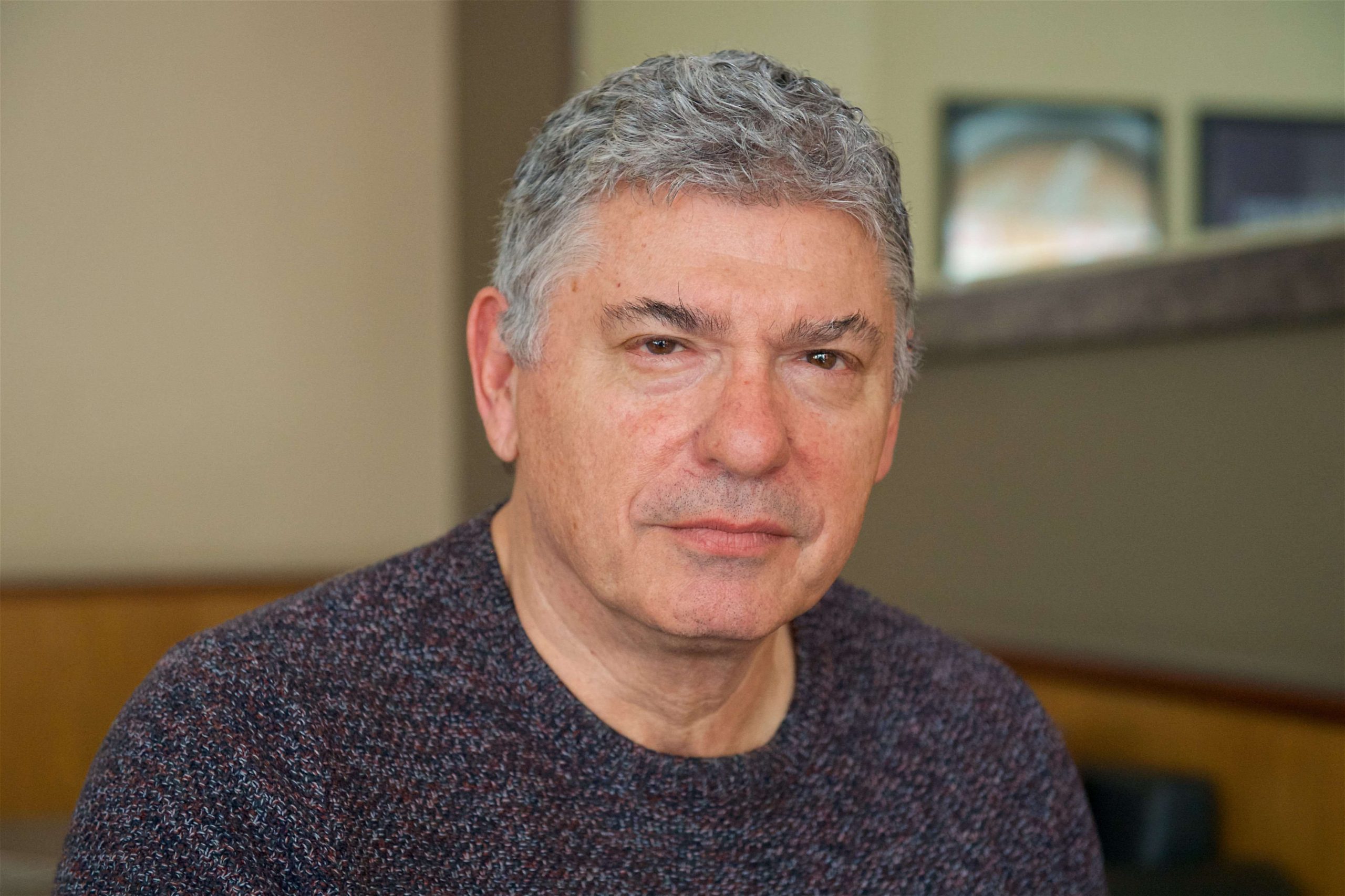By Dennis Sale
You may be thinking that this is a long series, but there are no shortcuts to achieving expertise in any area of life. However, once expertise is achieved in any field, highly effective and efficient performances become common practice.
It may seem like magic to others, but it’s purely learned behaviour with comprehensive and accurate mental models in the mind, and strongly wired neural networks in the brain (long-term memory).
Furthermore, the more and the better you learn, the easier and quicker it is to learn new stuff in that domain. Hence, while mastering the learning process takes an investment in time and effort, the results are transformative in terms of one’s learning potential and performance. Yes, you will still need to make consistent effort and be resilient when learning new domain knowledge and to develop the necessary skills involved for application, but this is much easier when you know how to learn and have mastered the strategies, techniques, and tools to build understanding and competence.
In the previous column, I outlined how motivational, metacognitive, and cognitive strategies are part of a dynamic, interrelated, and mutually reinforcing system in terms of how to learn effectively and efficiently. I also outlined some key motivational and metacognitive strategies.
In this and subsequent columns, I focus on the key evidence-based strategies, techniques and tools that I have found most useful in my own learning and teaching of both school-based students and teaching/training professionals globally.
1. Testing, testing, and more testing (retrieval, deliberate and spaced practice)
It is now recognised that retrieval practice, which involves the retrieval of information from long-term memory to working memory and then back to long-term memory, is a key cognitive and metacognitive strategy (Lang, 2016).
The process of reciprocal retrieval, apart from gap analysis and clearing up misconceptions, strengthens the connections between neurons; hence building stronger neural networks for this area of learning. In doing so, this creates increasingly accurate and useful mental models for the application of learning.
As Brown et al (2014) summarising from the research concluded: “In virtually all areas of learning, you build better mastery when you use testing as a tool to identify and bring up your areas of weakness.”
Retrieval practice can be done any time, in most places and as one becomes more familiar and fluent with content (eg understanding is becoming richer) the process can be super-fast. As Willingham (2009) demonstrated, the more factual knowledge you have in long-term memory, the easier it is to acquire more factual knowledge. To quote Willingham: “It means that the amount of information you retain depends on what you already have. So, if you have more than I do, you regain more than I do, which means you gain more than me.”
Retrieval practice focuses on knowledge building and understanding, and this is essential for all learning. However, for skill acquisition, deliberate practice is needed. This is more than just practice, but involves:
-
A carefully designed plan of goal targets which are challenging but achievable with effort to improve specific aspects of the performance – typically with the help of an expert teacher/coach.
-
Much repetition, which is like retrieval practice, but focused on the doing rather than the understanding. Of course, motivation is also essential (Remember MUD?).
-
Specific and quality feedback on results is continually available.
-
Being resilient as it can be highly demanding both physically and mentally.
Finally, practice can be both immediate and spaced. Research shows that both types of practice, when done effectively in context, can enhance learning, but spaced practice has been shown to be most beneficial for learning. As Lang (2016) summarised: “Research has demonstrated the power of spaced learning. Carey wrote, “nothing in learning science comes close in terms of immediate, significant, and reliable improvements to learning.”
Brown (2014) explains how this works:
“It appears that embedding new learning in long-term memory requires a process of consolidation, in which memory traces (the brain’s representations of new learning) are strengthened, given meaning, and connected to prior knowledge – a process that unfolds over hours and may take several days.
“Rapid-fire practice leans on short term memory. Durable learning, however, requires time for mental rehearsal and other processes of consolidation. Hence, spaced practice works better.”
2. Interleaving
Interleaving is a learning technique that involves mixing different topics or types of problems within a single study session, rather than focusing on just one topic or type of problem at a time.
This may seem confusing at first as it seems more logical to stick with one topic area or problem until fully learned or solved. However, it is often the case that one gets bored, frustrated, or habituated in doing one task for a long period.
In contrast, when we move to a new task this introduces some novelty which energises the brain, enhances attention and energises our conscious thinking.
Furthermore, and this is the real spin, at the same time our brain is still sub/unconsciously working on the previous task, but with a different neural focus in a more relaxed manner, and often generating creative new ideas. The notion that creative ideas often “come out of the blue” – so to speak – is well established in the literature on creative thinking (eg Petty, 1997; Claxton, 1998).
Of course, lots of previous hard work in the conscious mind underpin these creative “aha” moments.
I use interleaving extensively and rarely finish one chapter before moving on to the next one. Rather, I typically work on two or three simultaneously, trying to move them along periodically with breaks and new “shifts” on each. In working with one chapter, I regularly come up with new ideas and areas of content for the other chapters – which I then quickly incorporate in the appropriate text, to prevent forgetting.
3. Mindfulness
Mindfulness is a technique that involves maintaining a moment-by-moment awareness of thoughts, feelings, bodily sensations and the surrounding environment. It plays a significant role in enhancing learning by improving attention, focus, reducing stress and promoting emotional regulation.
Attention is especially important as Sylwester (1998) pointed out: “It’s biologically impossible to learn anything that you’re not paying attention to; the attentional mechanism drives the whole learning and memory process.
In a similar vein, Csikszentmihalyi (1990) argued: “The shape and content of life depend on how attention has been used …Attention is the most important tool in the task of improving the quality of experience.”
The technique of mindfulness involves slowing the mind down through breathing exercises that include inhaling deeply, holding for a few seconds and exhaling slowly. This helps to relax the mind, reduce stress and anxiety levels, which then can enhance cognitive functioning such as encoding new information into memory and the effective retrieval of information from long-term memory into working memory.
Mindfulness is a strong metacognitive strategy that helps in monitoring and evaluating ones thinking, feelings, beliefs and progress in the learning process.
Being very attentive and aware of one’s thoughts and feelings moment by moment during learning activities can also help to identify and address unproductive habits and replace them with more effective strategies.
At the end of a study session, reflecting mindfully on what was learned and how, and what felt difficult and needs further clarification, can enhance both metacognitive capability and reinforce learning.
The deep dive into mastering the learning process continues in the next column as we explore other powerful learning techniques and tools.
-
Dennis Sale worked in the Singapore education system for 25 years as adviser, researcher, and examiner. He coached over 15,000 teaching professionals and provided 100+ consultancies in the Asian region. Dennis is author of the books Creative Teachers: Self-directed Learners (Springer 2020) and Creative Teaching: An Evidence-Based Approach (Springer, 2015). To contact Dennis, visit dennissale.com.






